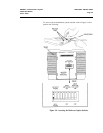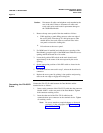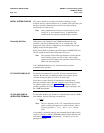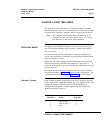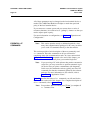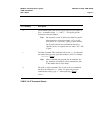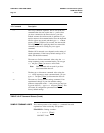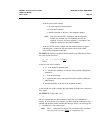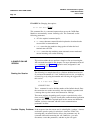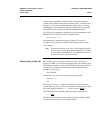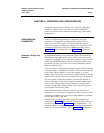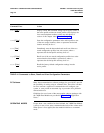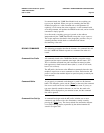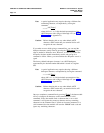
DEFINITY Communications System
CHAPTER 3: FIRST TIME USERS
7400B Data Module
User’s Guide
Page 3-5
●
In the first line of this example,
AT is the required command prefix,
D is the dial command,
and the remainder of the line is the telephone number.
●
●
Note: The spaces between the commands and the telephone
number are included only for readability and are not
required. You may also insert hyphens (-) anywhere in the
telephone number for increased readability.
In the second line of this example, the data module returns a response
indicating that a connection with the remote end device has been
successfully completed at 2400 bps.
EXAMPLE 2: Dialing a telephone number outside your PBX domain with a
few other options thrown in.
at &f d 9-555-1212
[ Enter ]
BUSY
In the first line of this example,
at
is the required command prefix,
●
●
&f tells the data module to restore the factory-default configuration
parameters,
●
d
is the dial command,
●
9 represents the access code required to dial a number outside your
PBX domain,
●
and the remainder of the line is the telephone number.
In the second line of this example, the data module indicates that it detected a
busy signal.
EXAMPLE 3: Using a time saver.
A/
The A/ command tells the data module to repeat the last command line
exactly. If, as in the previous example, you had issued the command to dial a
number and the data module returned the message BUSY, you could type the
A/
command to try the number again.
Note:
The A/ command must be the only command on the command
line, and you do
not
press
[ Enter ]
to complete the line.



